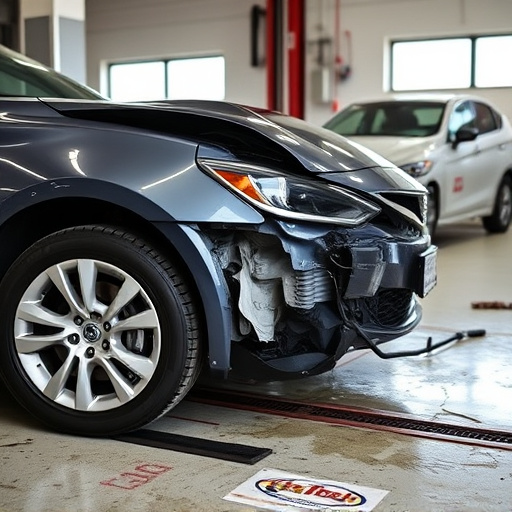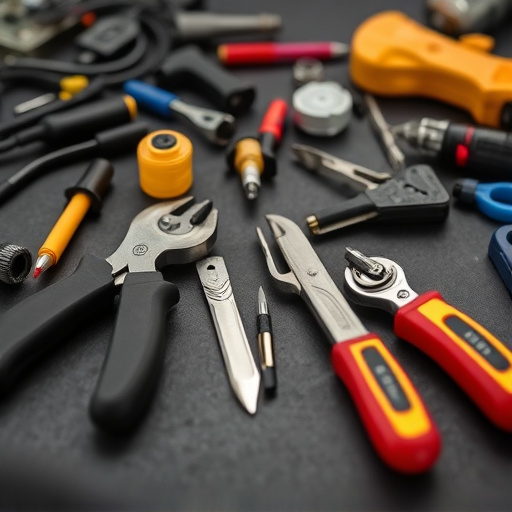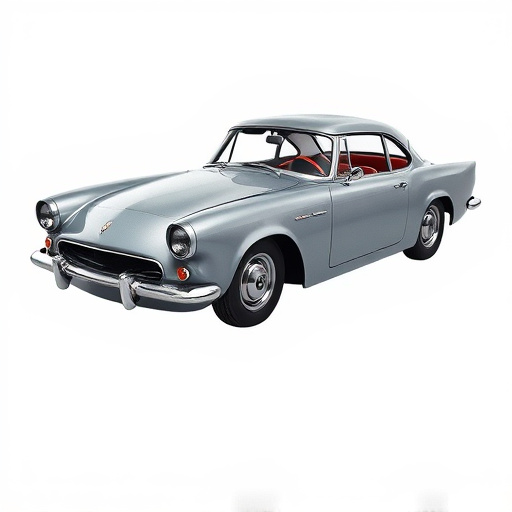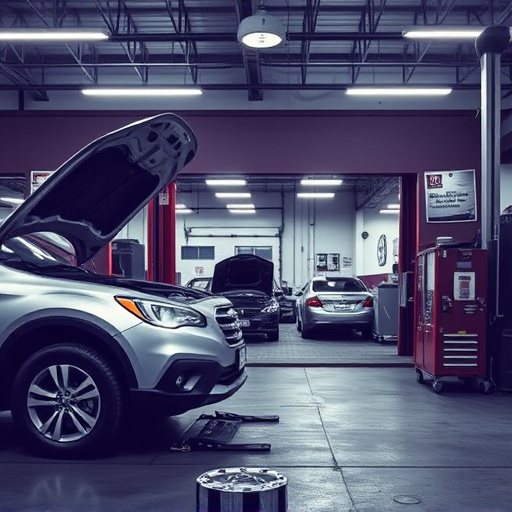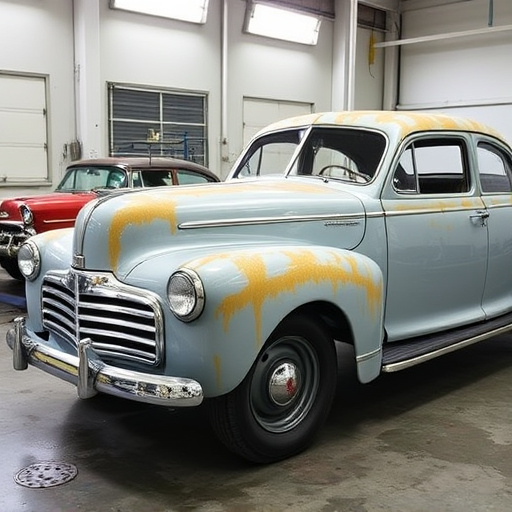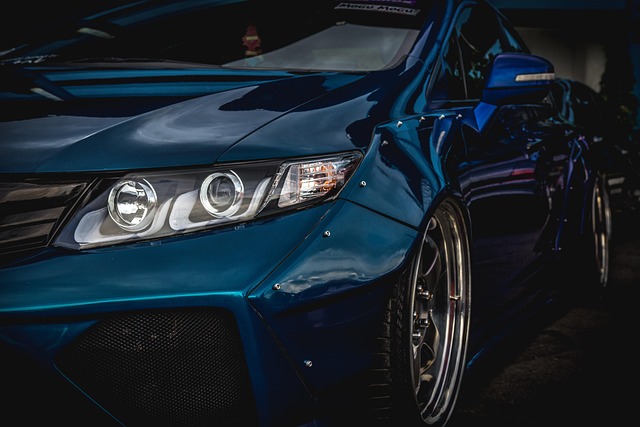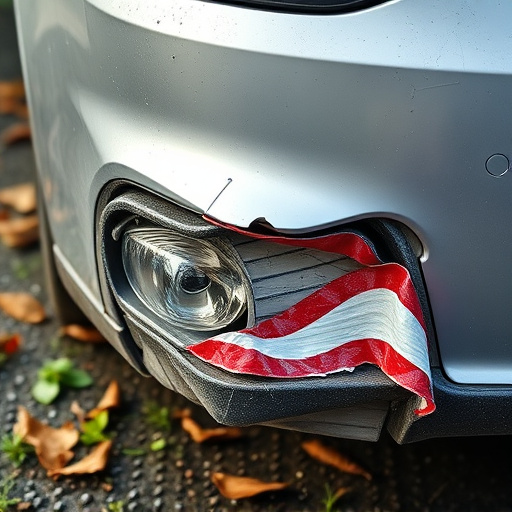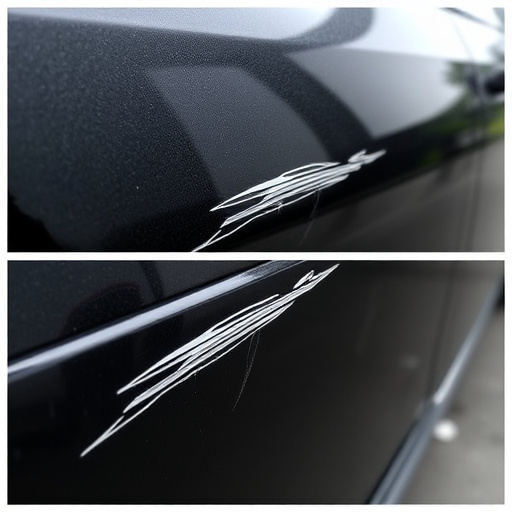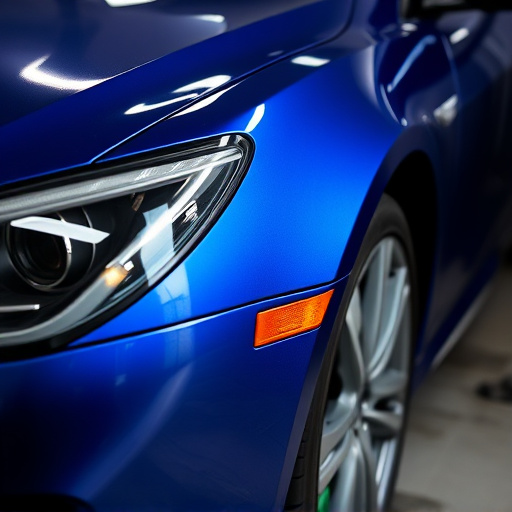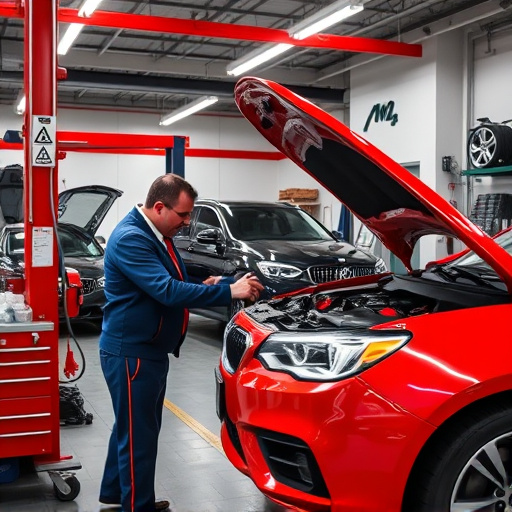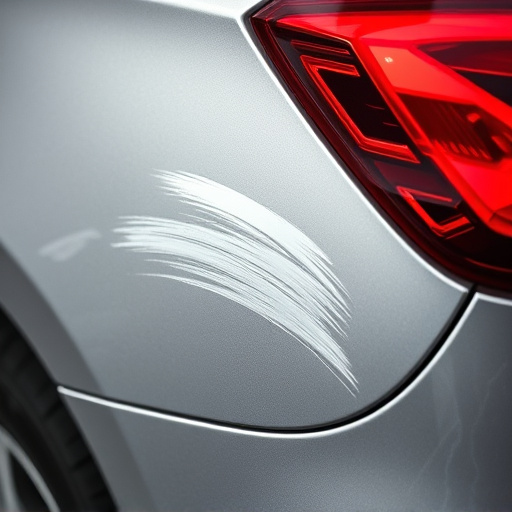Mercedes gap measurement is a meticulous technique for luxury automotive manufacturing, ensuring precise alignment and finish of doors, fenders, and trunk lines using advanced calculations and specialized instruments. Critical for restoration and repair services, it guarantees fitment and visual appeal, enhancing structural integrity and customer satisfaction. This method is crucial for high-end Mercedes components, leveraging tools like calipers and laser measurements to capture exact dimensions, considering manufacturing variations and past damage.
Discover the precision engineering behind Mercedes gap measurement and its application beyond luxury cars. This article delves into the fundamental principles of this meticulous technique, exploring how it ensures seamless fitment for doors, fenders, and trunk lines in automotive manufacturing. Learn about the accurate measuring processes and the benefits that make Mercedes gap measurement a game-changer, enhancing quality control and design integrity across various vehicle components.
- Understanding Mercedes Gap Measurement Principles
- Measuring Doors, Fenders, and Trunk Lines Accurately
- Benefits and Applications in Automotive Manufacturing
Understanding Mercedes Gap Measurement Principles
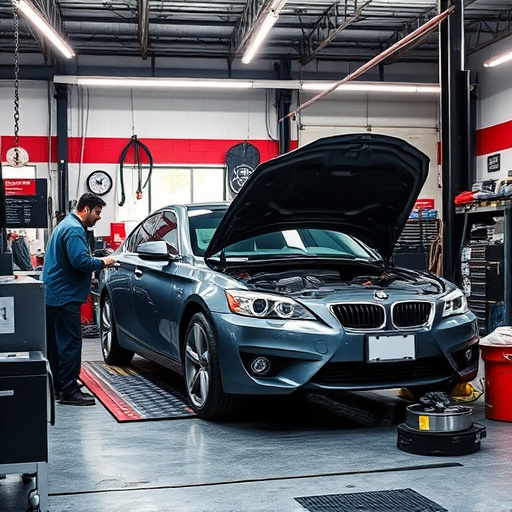
Mercedes gap measurement is a precise technique used to ensure flawless alignment and finish on Mercedes vehicles, extending to doors, fenders, and trunk lines. Understanding its principles involves grasping the importance of exacting tolerances in luxury automotive manufacturing. Every component must fit perfectly to maintain the car’s iconic design integrity and aesthetic appeal. This meticulous approach ensures not just a visually pleasing appearance but also optimal structural strength and performance.
The methodology behind Mercedes gap measurement goes beyond basic spacing. It involves complex mathematical calculations and precise instruments to gauge clearances, gaps, and overlaps between body panels. This is crucial in the automotive restoration and car repair services sectors, where accuracy is paramount. An auto body shop employing these methods can deliver top-notch repairs that match the original manufacturing standards, ensuring customer satisfaction with the final product.
Measuring Doors, Fenders, and Trunk Lines Accurately
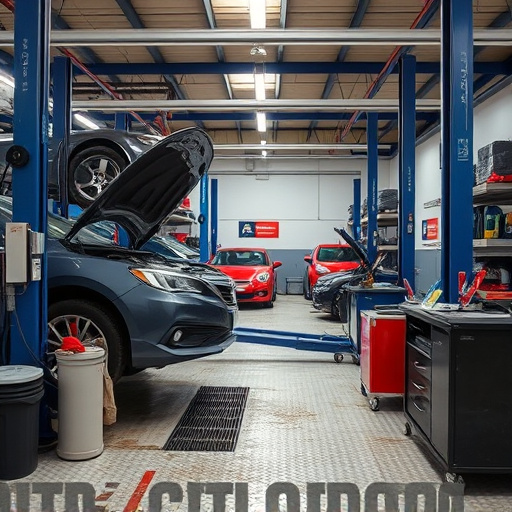
Accurately measuring doors, fenders, and trunk lines is paramount in Mercedes gap measurement for ensuring precise repairs and seamless fitment. Professionals utilize specialized tools like calipers and laser measurements to capture exact dimensions, accounting for any manufacturing variations or previous damage. These meticulous practices are crucial when dealing with high-end vehicles like Mercedes, where even the slightest misalignment can impact overall aesthetics and safety.
Proper measurement techniques not only facilitate more effective hail damage repair or other vehicle repair services but also contribute to the quality of body shop services. By adhering to meticulous standards, body shops can guarantee that replacement parts, whether original equipment manufacturer (OEM) or aftermarket, will seamlessly integrate with the existing vehicle structure, ensuring a durable and aesthetically pleasing result.
Benefits and Applications in Automotive Manufacturing
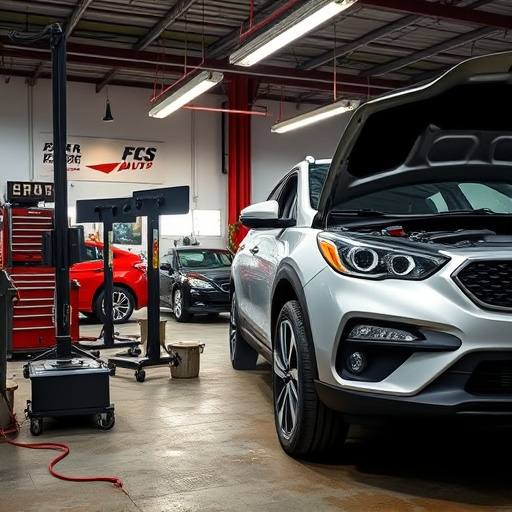
Mercedes gap measurement plays a pivotal role in the automotive manufacturing industry, ensuring meticulous craftsmanship and precision in vehicle production. This technology enables manufacturers to achieve seamless alignment of various components, such as doors, fenders, and trunk lines, resulting in an aesthetically pleasing and functional finish. By employing advanced gap measurement tools, automakers can streamline their assembly processes, enhancing overall efficiency while reducing the occurrence of defects.
The applications extend beyond initial manufacturing, with the same techniques being invaluable for dent repair and vehicle bodywork services. In scenarios involving car damage repair, Mercedes gap measurement aids in restoring vehicles to their original condition, ensuring that every curve and line aligns perfectly. This meticulous approach not only preserves the vehicle’s aesthetics but also reinforces its structural integrity, making it a fundamental practice in modern automotive care.
Mercedes gap measurement techniques have proven invaluable in the automotive industry, offering precise adjustments for doors, fenders, and trunk lines. By employing these methods, manufacturers can achieve seamless fit and finish, ensuring optimal vehicle performance and aesthetics. This detailed approach to Mercedes gap measurement enhances overall quality control, making it a vital tool in modern automotive manufacturing processes.
